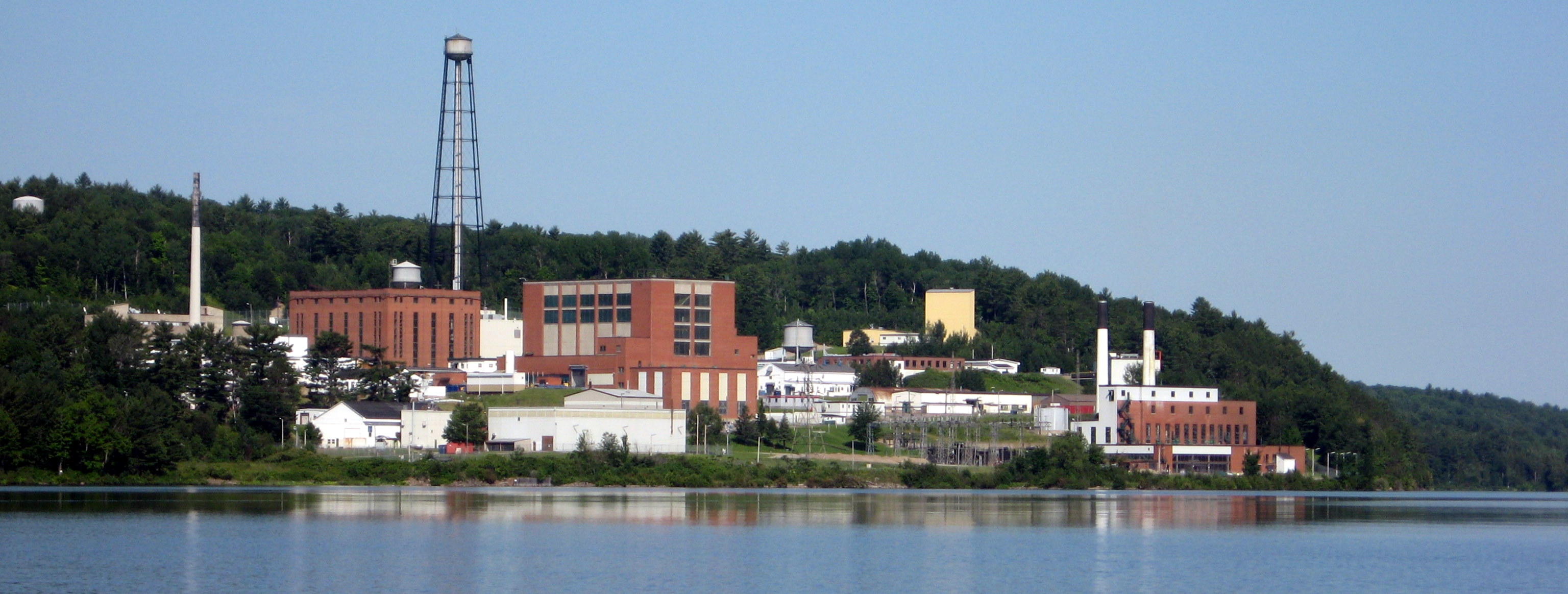Chalk River Laboratory is a Canadian nuclear research facility in Deep River, Ontario about a hundred miles northwest of Ottawa. CRL is dedicated to research and development of advanced nuclear technology, including support of the Candu nuclear reactor technology. CRL produces a big share of the nuclear isotopes needed for nuclear medicine across the world. It is owned and operated by Atomic Energy of Canada Limited.
Weapons grade highly enriched uranium (HEU) from the U.S. is used as a source fuel by CRL in the production of medical isotopes. In 2010, the Canadian Prime Minister and the U.S. President agreed to the return of spent HEU fuel used to produce medical isotopes from CRL in Canada to the U.S. for reprocessing and disposal. The national leaders made this commitment to reduce the number of areas where weapons grade nuclear materials were stored around the globe in order to reduce the risk of proliferation of nuclear weapons.
Spent nuclear fuel and other HEU has been repatriated in the past from Canadian reactors but the 2010 agreement included the repatriation of liquid wastes known as Highly Enriched Uranyl Nitrate Liquid or HEUNL from the production of medical isotopes. HEUNL contains many different radioactive isotopes including as cesium, niobium, zirconium, rhodium, rubidium, iodine, xenon, tellurium, barium, lanthanum, cerium, strontium, praseodymium, neodymium, europium, neptunium and plutonium. Special transportation canisters have been developed for the transport of HEUNL which is more complex and dangerous that the transportation of solid HEU waste.
The plan is to transport over six thousand gallons of liquid waste over twelve hundred miles from CRL to the Savannah River Site in Georgia in the U.S. The shipments are to take place weekly and will continue for over a year. The U.S. DoE say that all necessary precautions will be taken and that the danger to the environment and the public is "marginal."
The Savannah River site is a nuclear reservation located in South Carolina southeast of August, Georgia. It was developed by the U.S. Department of Energy in the 1950s to process nuclear materials for the construction of nuclear weapons. There is a Liquid Waste Operation at the site which is managed by Savannah River Remediation, a team of companies working on cleaning up the waste left over from decades of nuclear weapons development. The CRL HEUNL waste will be reprocessed at the LWO at Savannah River.
Environmental groups are highly critical of the plan to transport the HEUNL via truck from the CRL in Canada to the SRS in the U.S. They demand that a full environmental impact review be undertaken before the transport begins. They point out that if there is an accident and liquid waste is spilled, it will be almost impossible to contain and recover. Any such spill could pose a grave threat to the environment and public of the area surrounding the spill. While the DoE maintains that the wreck of one of the trucks would pose not substantial danger, the environmental groups say that a single wreck could contaminate the water supply of an entire city.
Unable to make progress with the DoE, the activists opposing the HEUNL transport have turned to the courts. The Savanna River Site Watch group and other groups have just requested a temporary restraining over and an injunction against the shipments. One of the allegations in the complaint is that the DoE is seeking to profit sixty million dollars off the liquid waste repatriation at a serious risk to the public.
Chalk River Laboratory:
